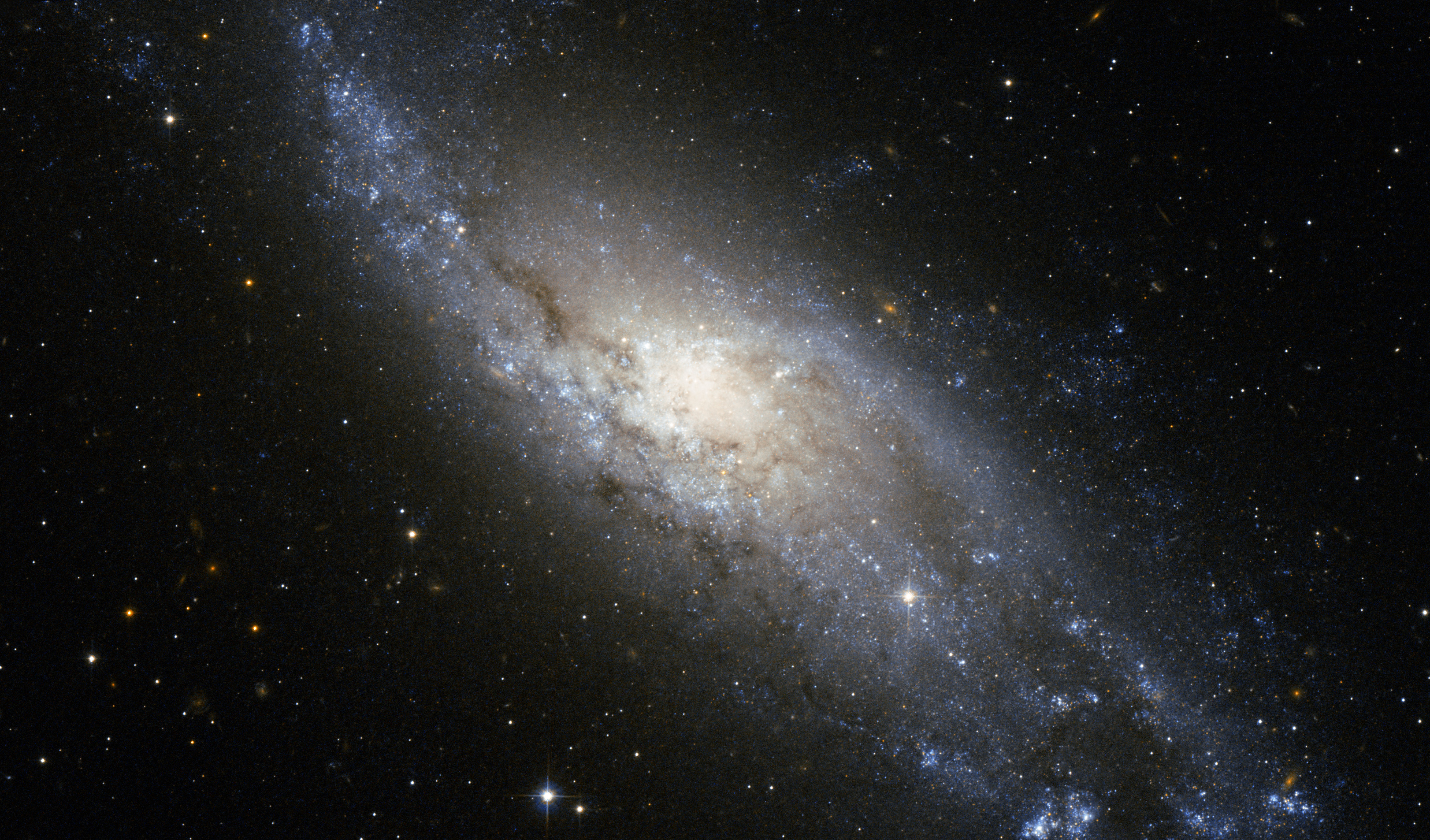Please login in order to download photos in full size
If you are not registered, please register for free: www.Free-Photos.biz/register
Please note to download premium images you also need to join as a free member..
You can also save the photos without the registration - but only in small and average sizes, and some of them will have the site's watermark. Please simply click your right mouse button and save the image.
Please login in order to like photos
If you are not registered, please register for free:
Sorry, non-members can download up to 1100 full-size photos per month.
It looks like you have used up your limit.
Free members can download an unlimited number of full-size photos - including the premium free photos.
Join as a member today for FREE! - and download the images without limitations:
www.Free-Photos.biz/membership.php
You can also save the images without the membership - but only in small and average sizes, and some of them may have the site's watermark. Please simply click your right mouse button and save the image.

|
This is a premium free photo
This photo was viewed 5 times and was downloaded in full size 3 times.
This photo was liked 0 times
If you are a member, please login in order to see the source link of the above image.
Summary
| Description |
English: The beautiful spiral galaxy NGC 406 was discovered in 1834 by John Herschel and is here imaged in great detail by the NASA/ESA Hubble Space Telescope.
Located some 65 million light-years away, in the southern constellation of Tucana (the Toucan), NGC 406 is about 60 000 light-years across, roughly half the diameter of our galaxy, the Milky Way. It is a spiral galaxy quite similar to the well known Whirlpool galaxy (Messier 51, see https://www.spacetelescope.org/images/opo0110a/). In a moderate-sized amateur telescope NGC 406 would appear as a faint hazy blob, like thousands of others across the sky, and none of the spectacular fine detail in the Hubble picture could be made out. In this image the galaxy exhibits spiral arms that are mainly populated by young, massive, bluish stars and crossed by dark dust lanes. As is typically observed in this kind of spiral galaxy, the yellowish central bulge, dominated by an older stellar population, is less prominent and almost totally embedded in the disk structure. The deep image also shows a significant number of more distant galaxies in the background. Some of them are visible as reddish fuzzy spots through the bluish spiral arms of the foreground galaxy. This picture was created from images taken through near-infrared (F814W) and blue (F435W) filters, shown in red and blue respectively, using the Wide Field Channel of Hubble’s Advanced Camera for Surveys. The exposure times were twenty minutes per filter and the field of view is 2.7 by 1.6 arcminutes. |
|||
| Date | 11 October 2010 | |||
| Source | https://www.spacetelescope.org/images/potw1025a/ | |||
| Author | ESA/Hubble and NASA | |||
| Permission (Reusing this file) |
|
Licensing
| This file is licensed under the Creative Commons Attribution 3.0 Unported license. | ||
|
Public Domain
| EXIF data: | |
| File name | ngc_406_tucana.jpg |
|---|---|
| Size, Mbytes | 2.985666015625 |
| Mime type | image/jpeg |
While the copyright and licensing information supplied for each photo is believed to be accurate, Free-Photos.biz does not provide any warranty regarding the copyright status or correctness of licensing terms. If you decide to reuse the images from Free-Photos.biz, you should verify the copyright status of each image just as you would when obtaining images from other sources.
The use of depictions of living or deceased persons may be restricted in some jurisdictions by laws regarding personality rights. Such images are exhibited at Free-Photos.biz as works of art that serve higher artistic interests.
PRIVACY POLICY
By registering your account and/or by subscribing to new and newly rated photographs you agree we may send you the links to photos and we may occasionally share other information with you.
We do NOT disclose your personal data.



